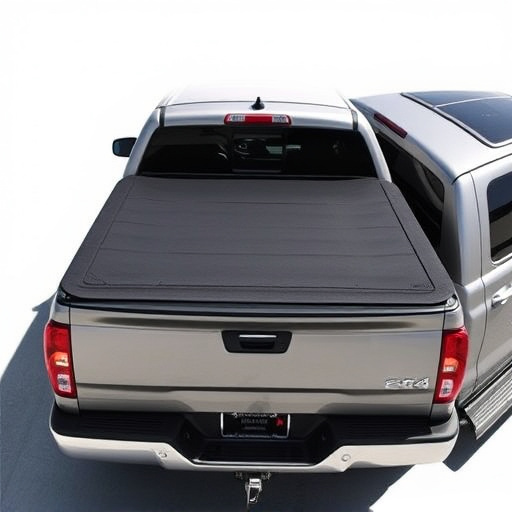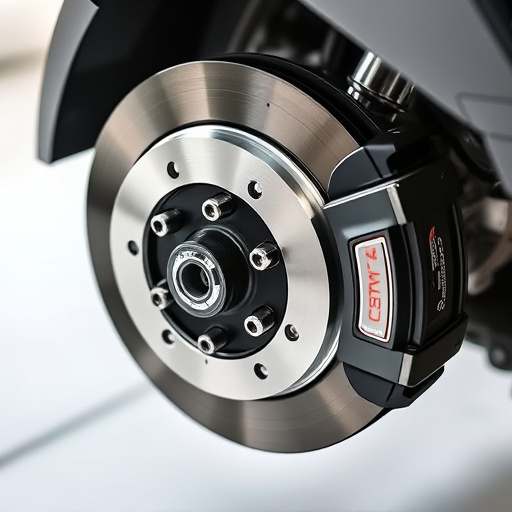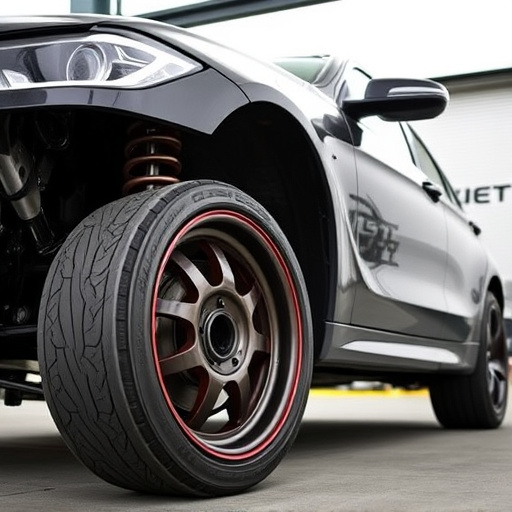Strut tower braces are essential suspension reinforcement components that improve vehicle stability, alignment, and safety. By increasing frame stiffness around strut towers, they reduce body roll, enhancing tire contact with the road and preventing uneven wear. These braces also secure intake systems and air filter kits, maintaining optimal engine performance. This results in a smoother driving experience as all systems work harmoniously, while also mitigating issues from routine and extreme driving conditions.
A strut tower brace, a key component in modern vehicle design, plays a pivotal role in maintaining structural integrity and optimizing performance. This article delves into the multifaceted impact of strut tower braces on alignment and tire wear. By understanding their role in supporting the vehicle’s structure, we explore how these braces influence wheel positioning, leading to improved handling and reduced uneven tire wear. Discover the intricate effects of installing a strut tower brace and its potential to enhance overall vehicle dynamics.
- Understanding Strut Tower Braces: Their Role in Vehicle Structure
- Impact on Alignment: How Strut Tower Braces Influence Wheel Positioning
- Tire Wear Patterns: The Effects of Strut Tower Brace Installation
Understanding Strut Tower Braces: Their Role in Vehicle Structure

Strut tower braces are crucial suspension components that play a pivotal role in maintaining vehicle stability and alignment. These structural supports are designed to enhance the stiffness of the vehicle’s frame, particularly around the strut towers. By reinforcing this area, strut tower braces help to reduce body roll during cornering, ensuring better tire contact with the road surface. This direct impact on alignment is significant as it can prevent uneven tire wear, prolonging the lifespan of your tires and enhancing overall driving safety.
Furthermore, the strategic placement of a strut tower brace can also benefit other vehicle systems. For instance, in vehicles with intake components or air filter kits mounted near the struts, these braces can secure these parts, reducing their potential movement during dynamic driving conditions. This stability is essential for maintaining optimal engine performance and ensuring that your vehicle’s various systems work in harmony to provide a smooth and responsive drive.
Impact on Alignment: How Strut Tower Braces Influence Wheel Positioning
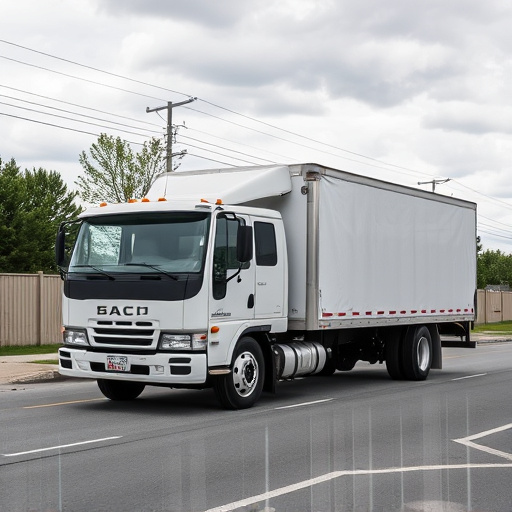
A strut tower brace, a structural component designed to enhance vehicle stability, significantly impacts alignment by fortifying the connection between the suspension and chassis. This reinforcement directly influences the positioning of wheels, ensuring they remain accurately aligned with the vehicle’s frame. In effect, the brace helps maintain proper wheel camber, castor, and toe angles, which are critical for optimal tire contact and even wear.
The strategic placement of a strut tower brace can mitigate issues stemming from routine driving conditions, such as uneven road surfaces, and extreme maneuvers like cornering or abrupt stops. By stabilizing the suspension system, it indirectly supports the performance of other components, including brake pads, performance air filters, and brake rotors, contributing to better handling and safety without requiring additional adjustments in alignment settings.
Tire Wear Patterns: The Effects of Strut Tower Brace Installation
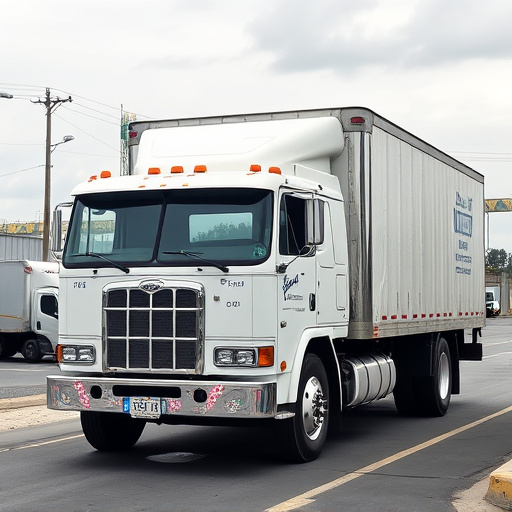
When a strut tower brace is installed on a vehicle, it significantly influences tire wear patterns due to its direct impact on wheel alignment. This component, which connects the suspension struts to the chassis, serves as a crucial stabilizer. Its primary function is to reduce body roll during cornering, ensuring better weight distribution across the tires. As a result, front and rear tires experience more uniform wear, extending their lifespan.
The effects of a strut tower brace can be particularly noticeable in vehicles with aftermarket modifications, such as cold air intakes or performance brakes. These additions often demand precise handling characteristics, which the strut tower brace helps achieve. By maintaining optimal alignment, it prevents uneven tire wear caused by improper weight transfer, ensuring that intake components and performance brakes function at their best without compromising tire longevity.
Strut tower braces are a significant component in a vehicle’s suspension system, offering more than just structural support. As this article has explored, they play a crucial role in maintaining proper wheel alignment and can significantly impact tire wear patterns. By enhancing vehicle stability and reducing body roll, strut tower braces ensure optimal contact between tires and the road surface, leading to longer tire lifespans and improved handling dynamics. When considering modifications, understanding the effects of a strut tower brace on both alignment and tire wear is essential for achieving a balanced and safe driving experience.








